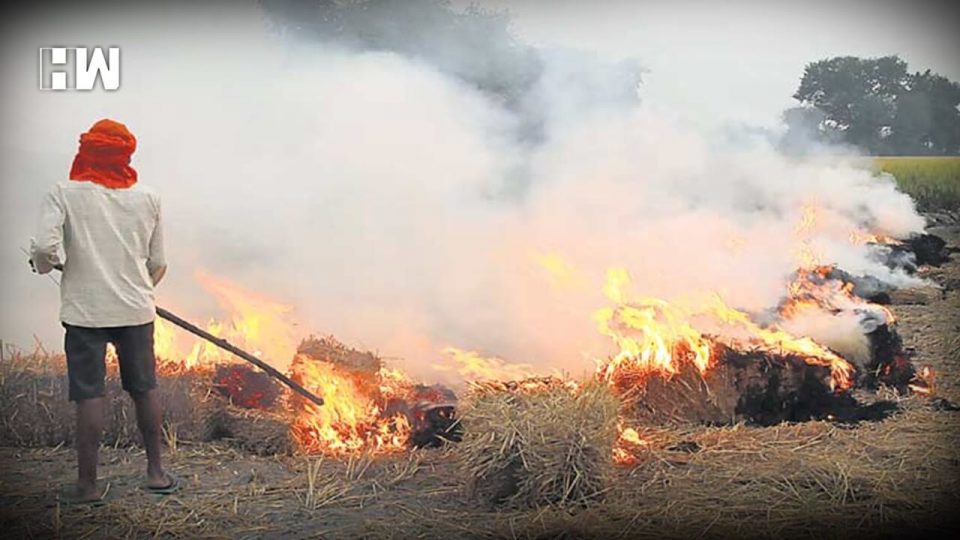A much frequented topic which makes its way into our conversations is that fact that Delhi is one of the most polluted cities, not only in India, but the world, and constant media attention is showered around the continuous haze and smog in Delhi and how the lives of its citizens are made perilous due to pollution. However, a lesser known fact is that one of the main reasons for the pollution in Delhi, in addition to vehicular or factory related pollution, is pollution as a result of crop burning in Delhi and neighbouring states of Punjab and Haryana.
Researchers from a reputed US based research institute named International Food Policy Research Institute have estimated, for the first time, the health and economic costs of crop residue burning in northern India and have found that it leads to an estimated economic loss of a staggering 30 billion $ (more than ₹ 2 lakh crore) annually.
The study, in addition to analysing health data of more than 2,50,000 individuals, measured frequency of hospital visits for acute respiratory infection symptoms and used NASA satellite data on fire activity to estimate the health impact of living in areas with intense crop burning. They also examined other factors that could contribute towards poor respiratory health such as firecracker burning during Diwali and motor vehicle density.
The results were shocking – economic losses owing to exposure to air pollution from fire cracker burning are estimated to be around 7 billion $ (nearly ₹ 50,000 crore a year). And in five years, loss due to burning of crop residue and firecrackers in northern India is estimated to be 190 billion $ or nearly 1.7% of India’s GDP.
As an independent media platform, we do not take advertisements from governments and corporate houses. It is you, our readers, who have supported us on our journey to do honest and unbiased journalism. Please contribute, so that we can continue to do the same in future.

